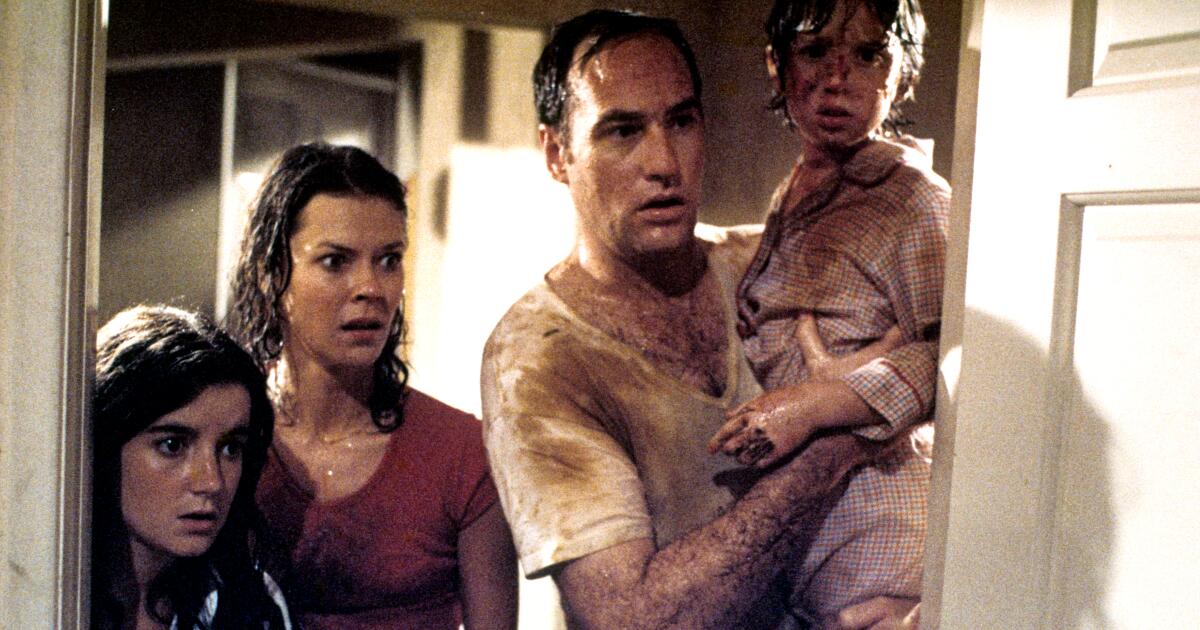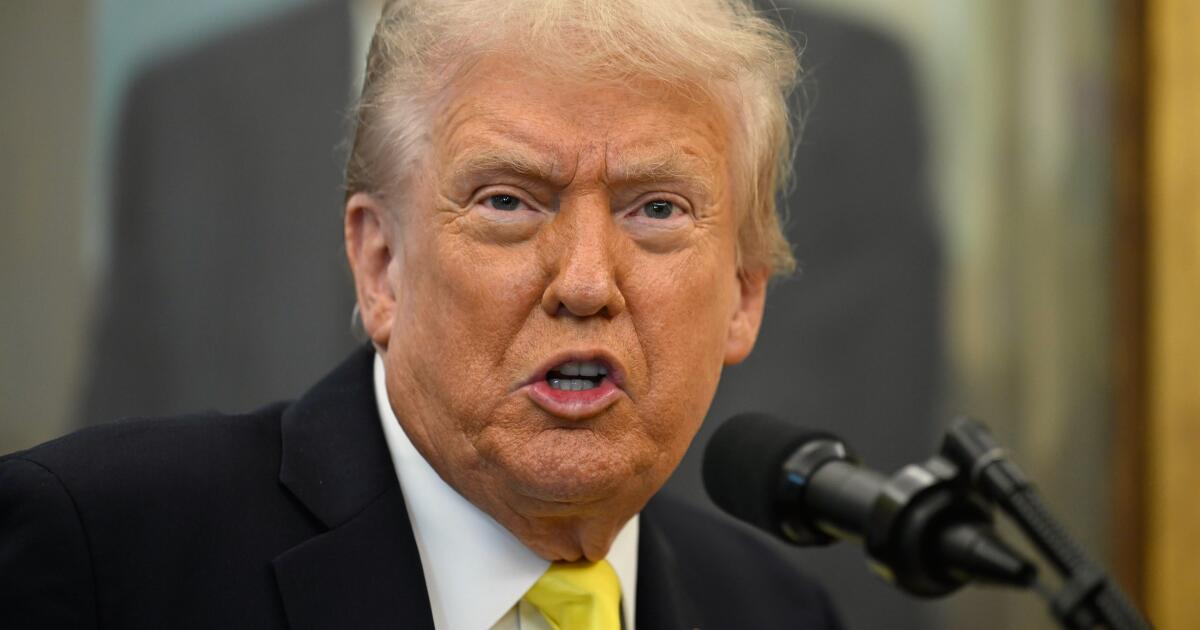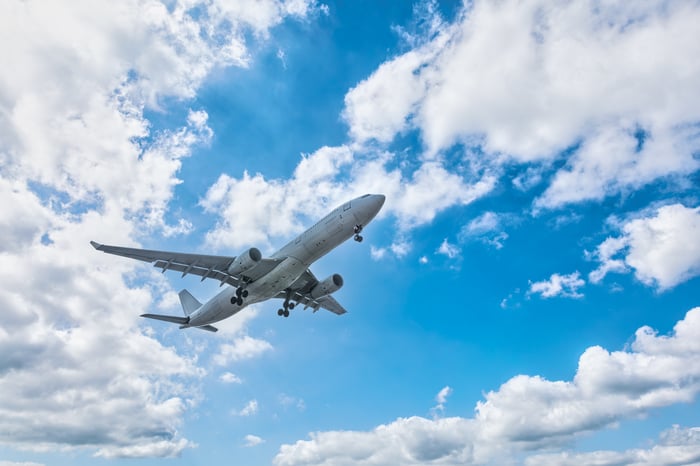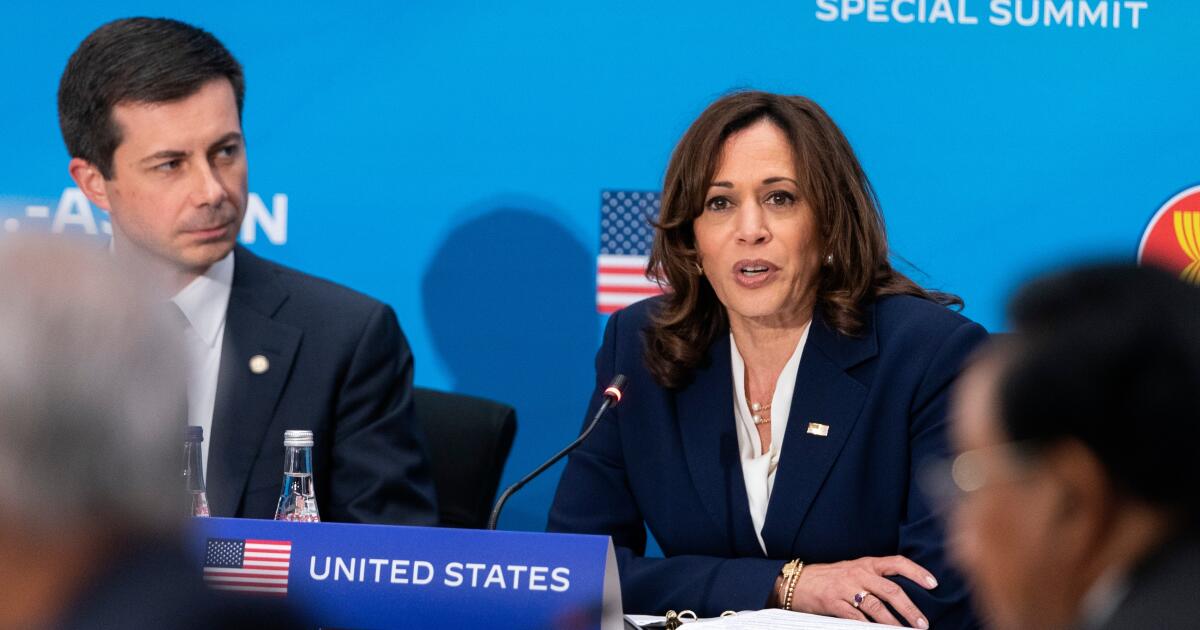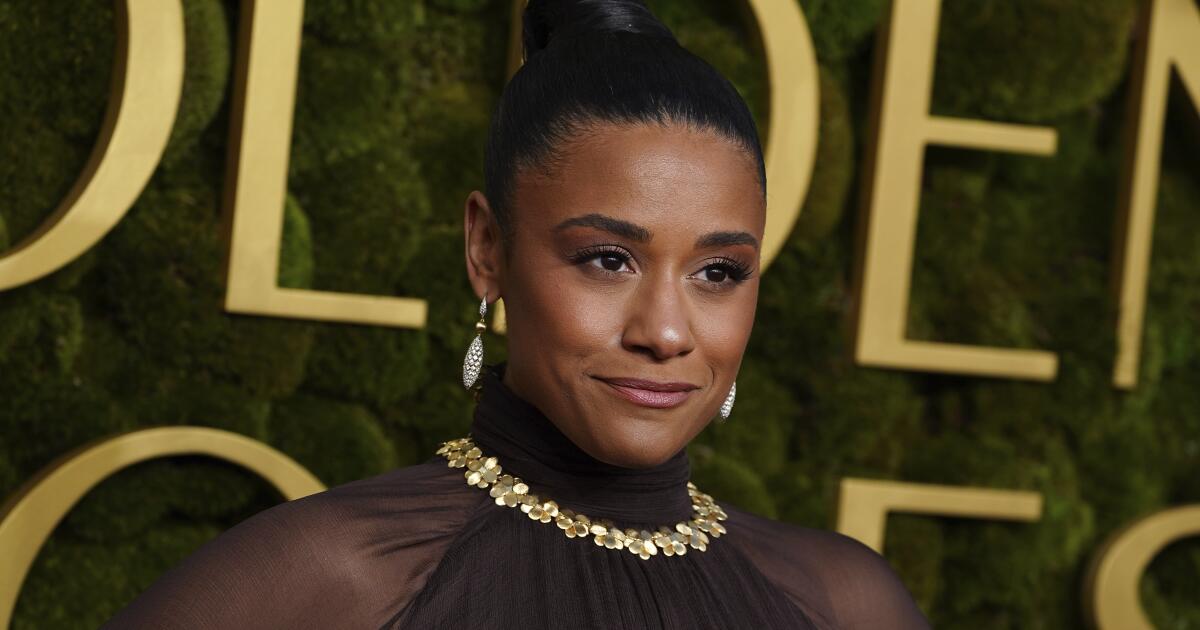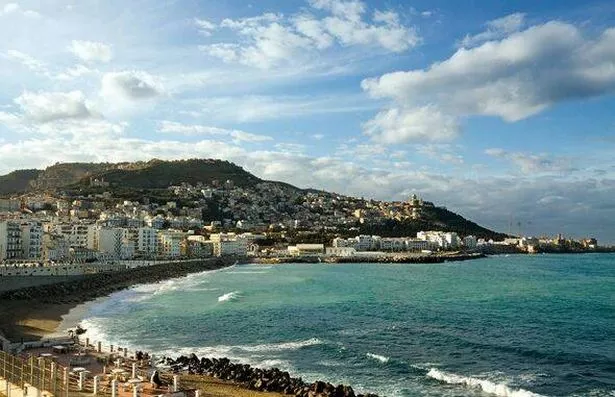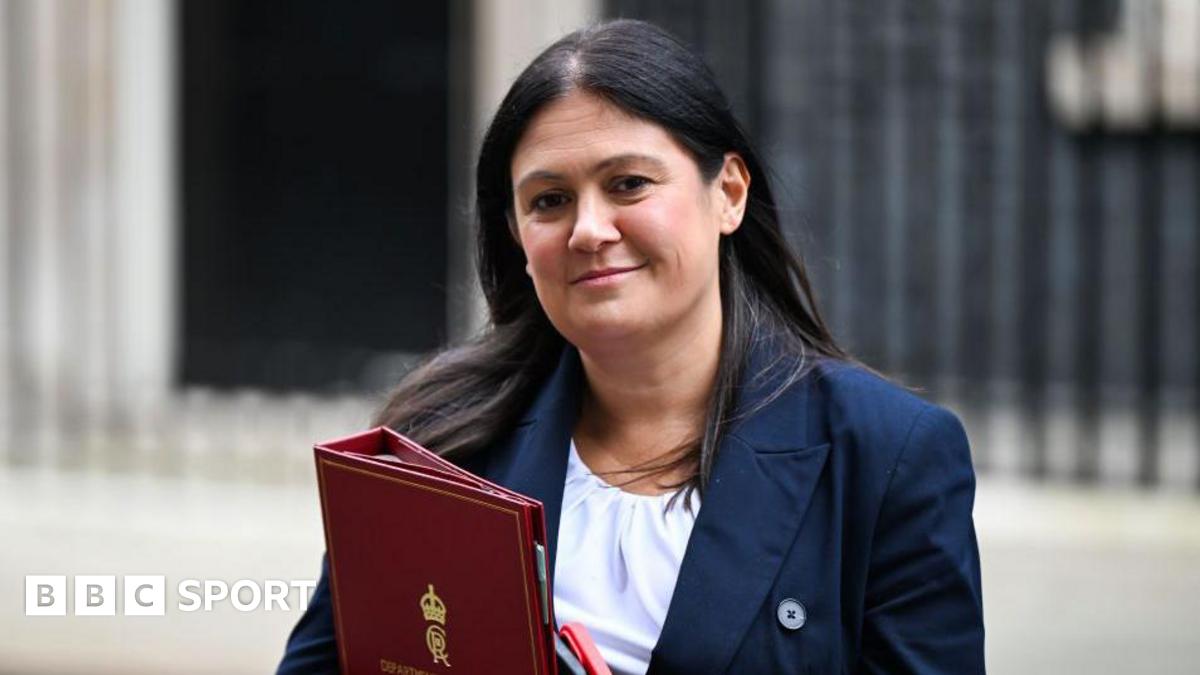Cameron Mofid has visited every UN-recognised country and territory on Earth, but two destinations in particular stand out as his top favourites
An audacious explorer who has set foot in every country on Earth before his 26th birthday has shared two surprising favourites from his travels. Cameron Mofid, hailing from San Diego, California, embarked on a daring mission to visit all UN-recognised countries and territories across the globe – a staggering 195 in total – while grappling with obsessive compulsive disorder (OCD) during the pandemic.
The resolute traveller achieved his remarkable feat in April when he and his travel mates arrived in the enigmatic nation of North Korea, which recently completed the construction of a sprawling new coastal resort.
With nearly 200 countries under his belt, picking out the best might seem a daunting task. Yet, two nations particularly stole Cameron’s affection, despite both being subject to severe travel warnings by the Foreign Office (FCDO). It comes after a warning to Brit tourists planning all-inclusive holidays to Spain.
READ MORE: American tourist slams pretty European town that was nothing like pictures suggestedREAD MORE: ‘I stayed up until 2am to see iconic attraction but it was still horribly busy’
Algeria stood out as his initial top pick, which he described as “unbelievable”. In an interview with CNN, he disclosed: “It’s one of my favourite countries in the whole world. The countries that receive the least amount of tourism are often the ones where you have the best experience, because you feel totally immersed in their culture.”
Cameron also expressed his fondness for Yemen, having ventured through the Middle Eastern country in February 2023. He remarked on the sensation of stepping back in time while meandering its streets, reports the Express.
He elaborated: “To see people dress the same way that they were hundreds if not thousands of years ago. To see people living in mud houses, to see people still using flip phones.”
Algeria, positioned in northern Africa, is largely dominated by the Sahara Desert apart from its northern coastline where most of its population lives. It stands as Africa’s biggest nation.
The nation possesses a diverse historical heritage, having been governed by numerous Arab and Berber ruling families from the 8th to 15th centuries before establishing ties with the Ottoman Empire and later being incorporated into France in 1848.
Regarding travel to Algeria, the FCDO has designated most of the country in green on its platform, suggesting visitors should “see our travel advice before travelling”. Nevertheless, the frontier areas are highlighted with amber and red alerts.
In particular, the FCDO advises against all journeys within a 30km zone of Algeria’s frontiers with Libya, Mauritania, Mali, Niger, and certain parts of Tunisia. Additionally, it suggests avoiding all non-essential travel within 30km of the remaining Tunisian frontier.
Meanwhile, Yemen, a comparatively young state positioned at the southern edge of the Arabian Peninsula in Western Asia, borders the Gulf of Aden and the Red Sea, situated below Saudi Arabia.
From 2011 onwards, Yemen has been consumed by political turmoil and is presently enduring a catastrophic civil conflict that has resulted in more than 150,000 deaths and triggered a humanitarian catastrophe, with 23 million individuals requiring aid.
The Foreign Office has issued a stark warning regarding travel to Yemen, urging against all trips to the nation and pressing those currently there to leave “immediately” in light of the precarious security conditions.
Their report cautions that terrorist attacks are highly likely in Yemen, with a “very high and constant threat” of kidnapping. It underscores that propaganda from Al-Qaida in the Arabian Peninsula (AQAP) has explicitly encouraged the kidnapping of Westerners.
